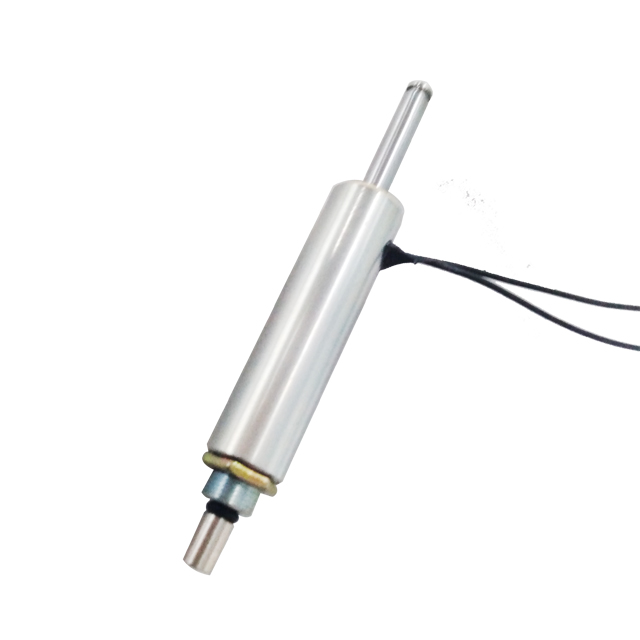Micro Cylinder Solenoids are well known applications in which magnetic fields are used to generate controlled magnetic forces. Solenoids are used in a variety of industries, for hydraulic valves, limiting switches, steering control of heavy machinery, etc. This version of Insight details dc operated tubular solenoids, which are commonly used as actuators. Consisting of a metal can, a coil, a soft iron core plunger, and an insulating coating and connecting wire, the mini push pull tubular solenoid is virtually silent.

Depending upon the movement of the plunger, these solenoids can be divided into push type (where plunger goes inside the metallic can) and pull type (plunger comes out of the tin can).
Tubular solenoids can work for longer hours without getting their coil overheated or burnt out.
The plunger of the solenoid placed in the solenoid cavity. Made out of soft iron with nickel coat, plunger works as an actuator for the solenoid. The movement of the plunger defines solenoid to be a pull or push type. The one in the Insight is a pull one because the plunger goes inside the solenoid cavity when energized.

There are two holes in the plunger through which the load can be attached to the solenoid. In the resting state, the plunger is partially out of the metallic can and in the energized state the plunger gets attracted towards the can (due to magnetic field) and is pulled inside it.
In addition to the plunger, two other parts can be seen near it: “nut and lock washer”. They come into play when solenoids are mounted on surfaces or integrated with machines. When the plunger, bolt and nut washers are removed, the internal structure of the solenoid cavity can be seen. The metal container is placed on the outside and the plastic layer on the inside.
